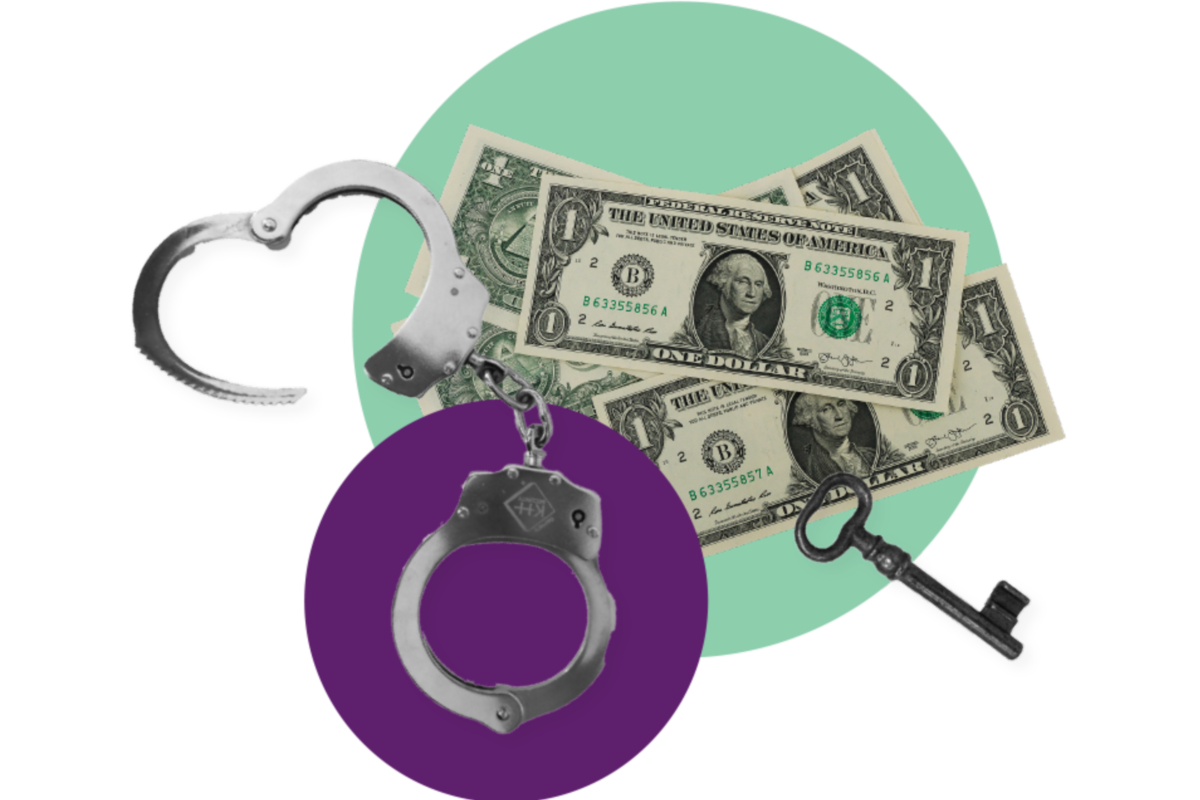Passed in the 1980s, this law increased mandatory minimum sentences for drug offenses and disproportionately affected Black communities
The Anti-Drug Abuse Act of 1986
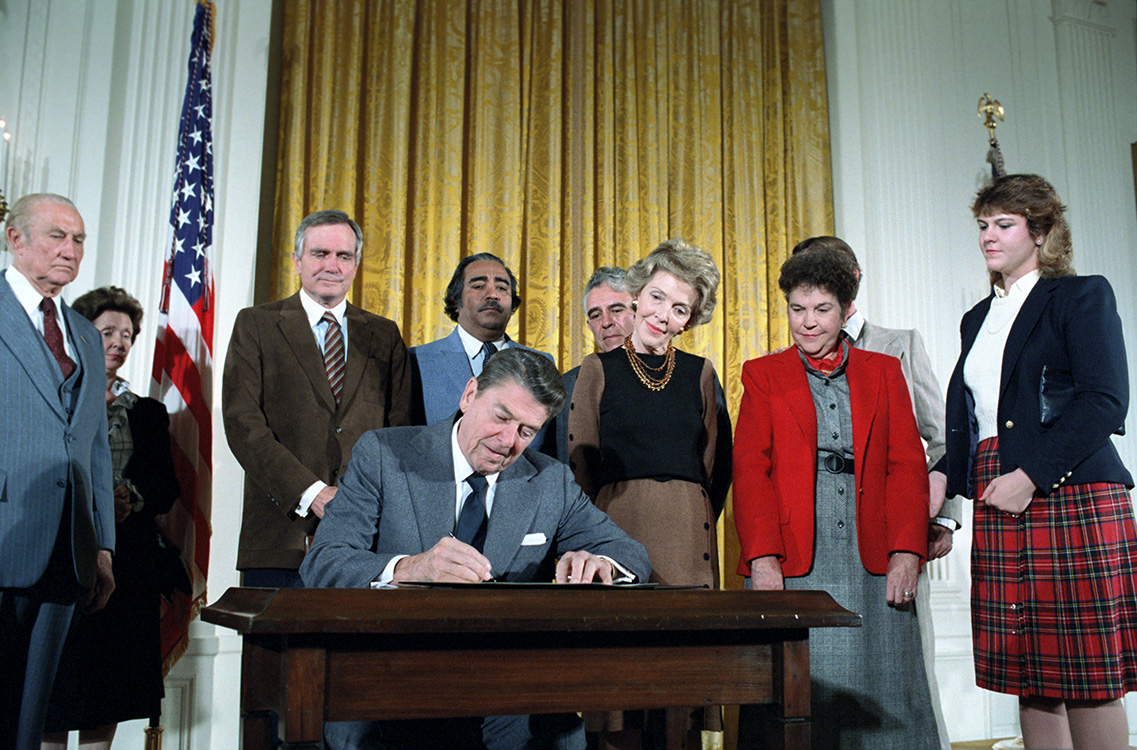
More than 5 million U.S. children have had one of these in jail or prison
Parent

The placement of the United States among the founding NATO countries in regards to the highest incarceration rate
First Place
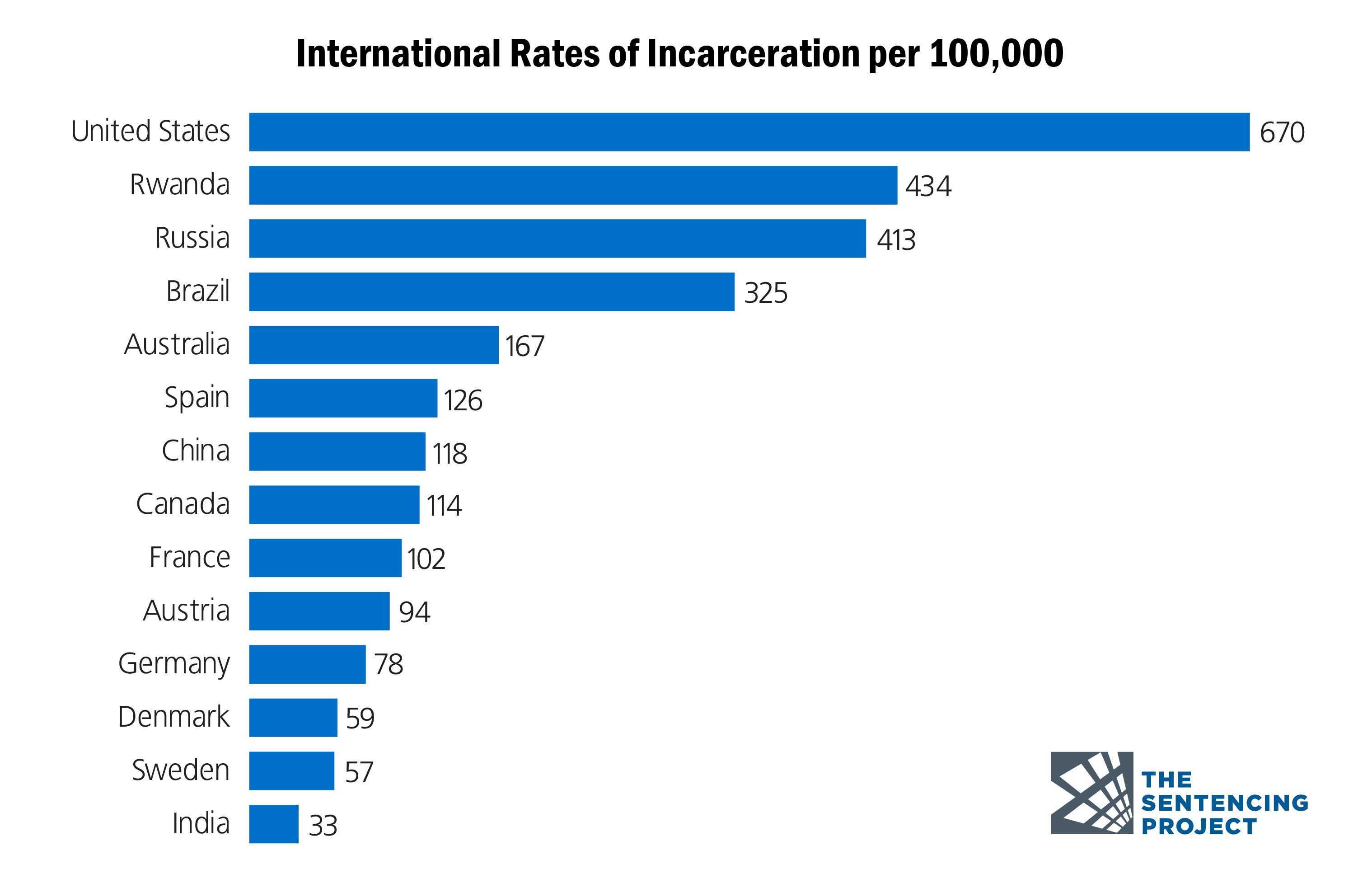
Overcrowded prisons often see more of this, including fights and assaults
Violence

Programs that help people transition back into society after prison, providing job training and support, are called this
Reentry Programs

This 1994 law, signed during the Clinton administration, led to a massive increase in prison sentences and funding for police
The Violent Crime Control and Law Enforcement Act
In the 1990s, not a single white person was prosecuted for crack crimes in federal courts in Boston, Denver, and this other Major city
Los Angeles
Crime rate in relation to incarceration rate in the United States
Overcrowding makes it harder to provide this, leading to worse outcomes for sick inmates
Healthcare

This approach focuses on repairing harm done to victims and communities rather than emphasizing punishment
Restorative Justice
This type of law requires a judge to impose fixed sentences for certain crimes, limiting judicial discretion
Mandatory Minimum Sentence Law
By 1988, Black people were arrested on drug charges at this many times the rate of white people
Five

High incarceration rates among minorities create this cycle, where poverty and limited opportunities increase the likelihood of future incarceration
Intergenerational Incarceration
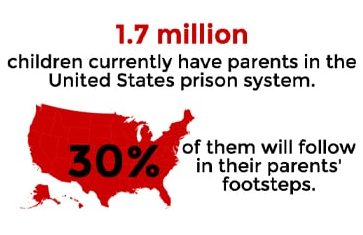
A lack of these, such as General Education Development (GED) classes or job training, is a common result of overcrowding
Educational/Rehabilitation Programs
Changing laws that lead to disproportionately long sentences, like mandatory minimums, falls under this type of reform
Criminal Justice Reform
This type of law requires that a person convicted of three separate felonies receive a life sentence, even if the third felony is nonviolent
The Three Strikes Law

This racial group is incarcerated in state prisons at a rate nearly 5 times that of white Americans
Black Americans
Minorities who are released from prison often struggle with this, making it harder to support themselves and their family
Employment

The Constitutional amendment that protects prisoners from “cruel and unusual” conditions, which overcrowding can create
The 8th Amendment
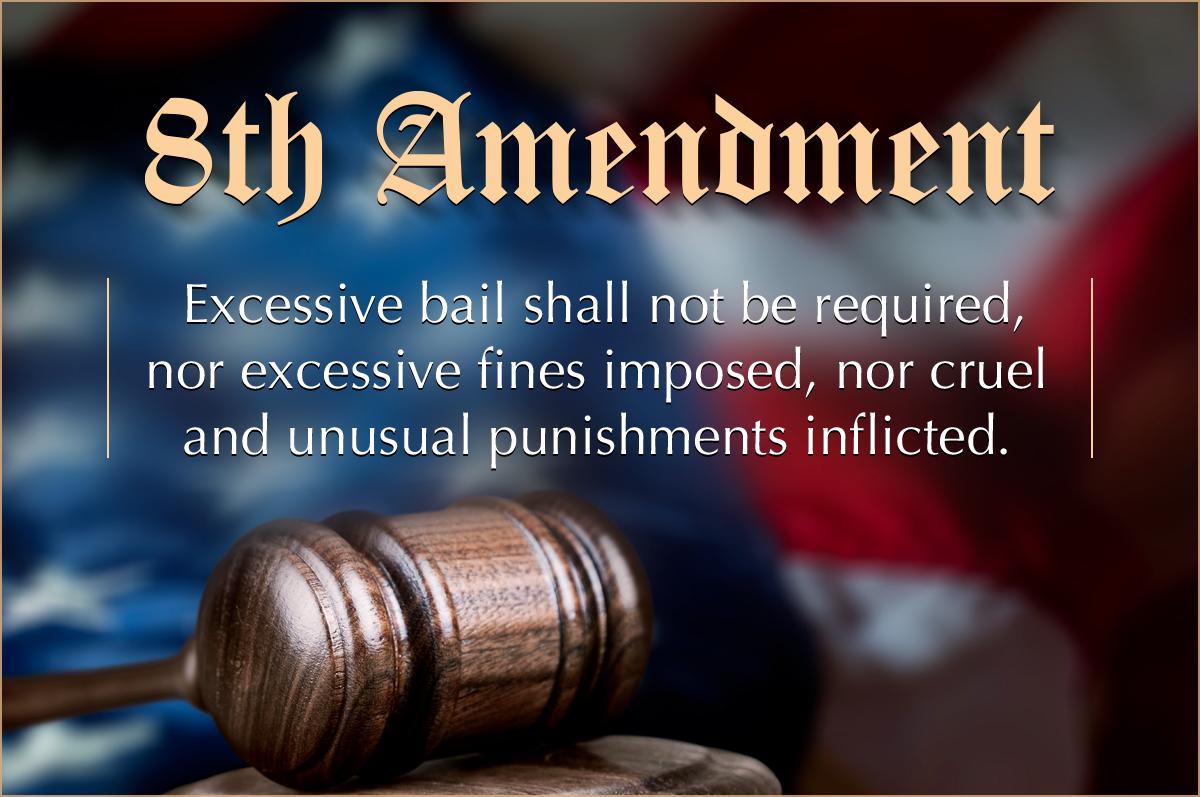
Investing in these before someone enters the justice system, such as education, mental health services, and poverty prevention, can help reduce incarceration rates
Preventative Social Programs
This president’s policies in the 1980s intensified the War on Drugs, contributing to the rise in incarceration rates
Ronald Reagan
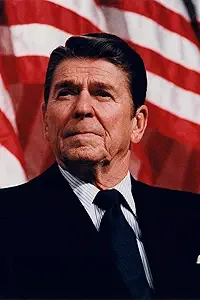
The “War on Drugs” disproportionately targeted these communities
Racial Minorities

Children with incarcerated parents are more likely to experience academic struggles and this.
Emotional Distress
This term describes the stressful psychological state that can be caused by extreme overcrowding and a lack of privacy
Psychological Distress
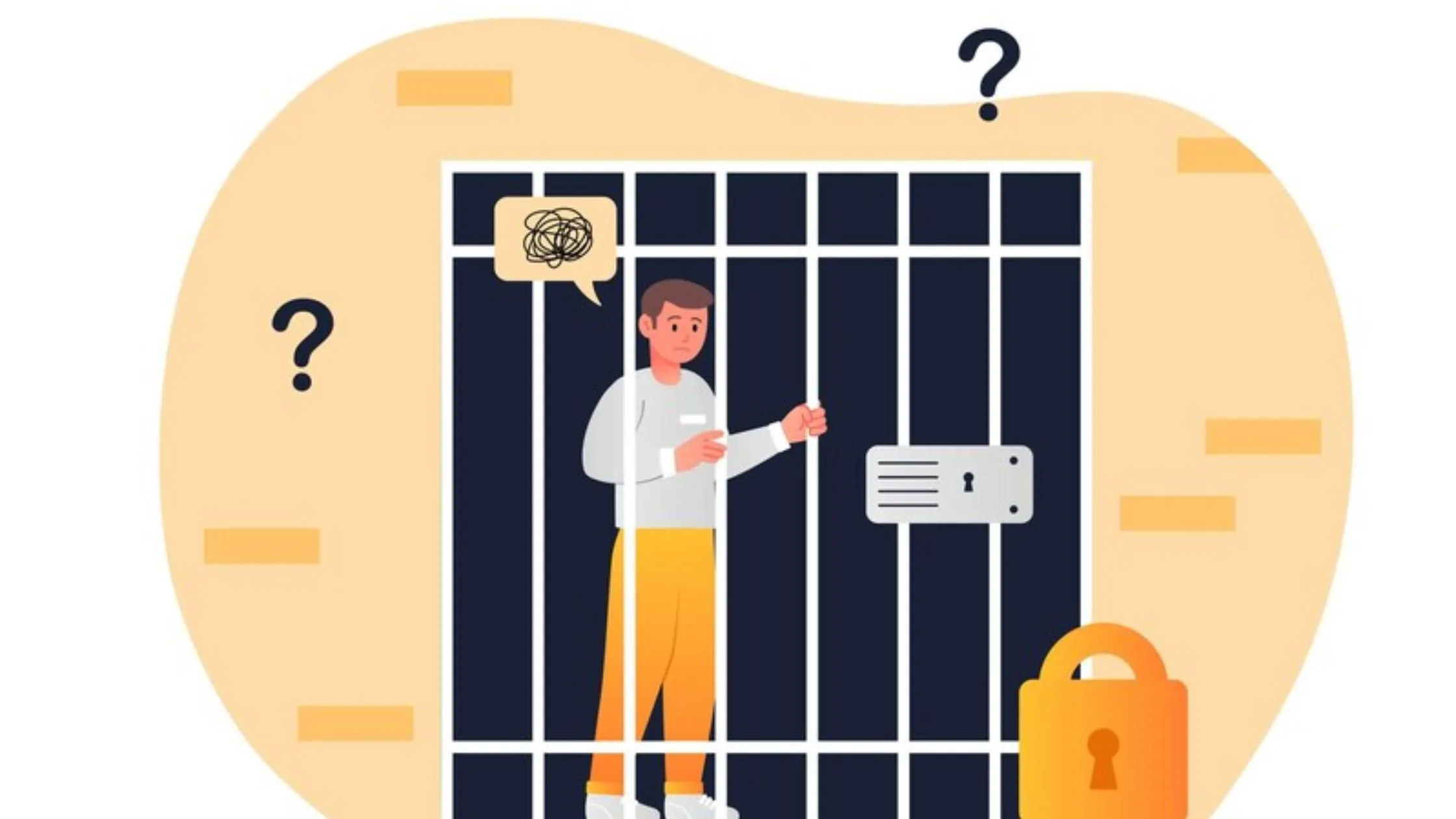
This type of policy removes or limits the use of cash bail, which often keeps low-income defendants in jail before trial
Bail Reform
